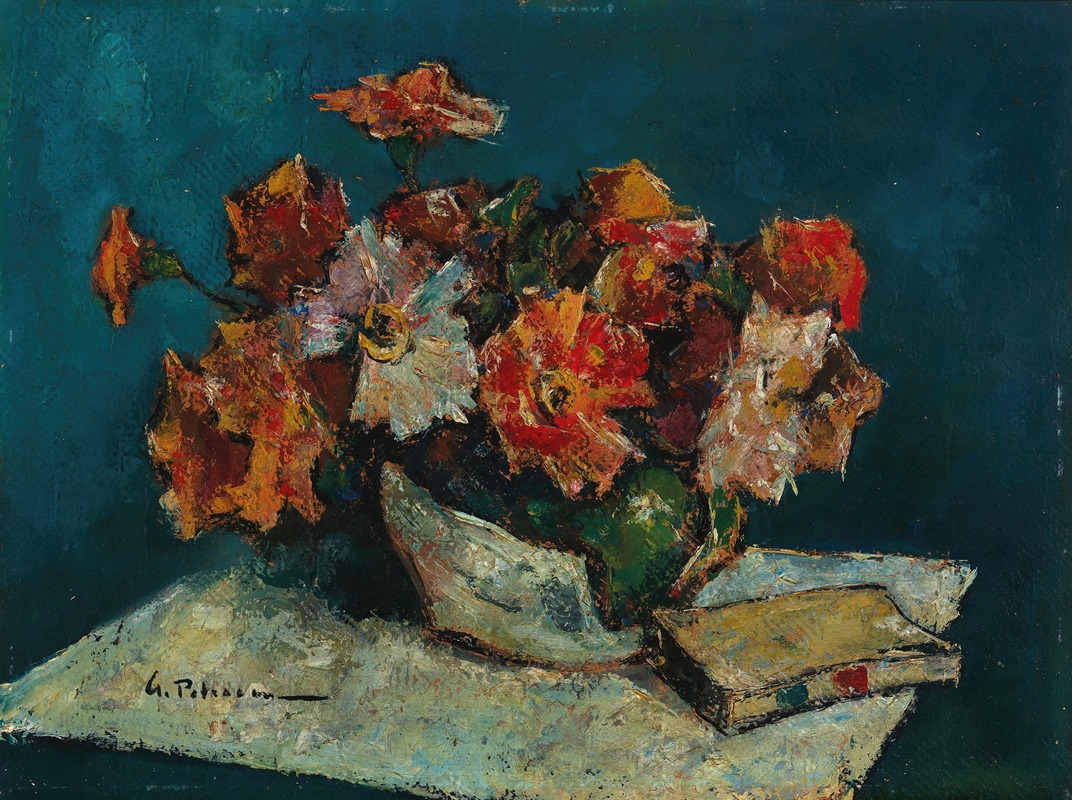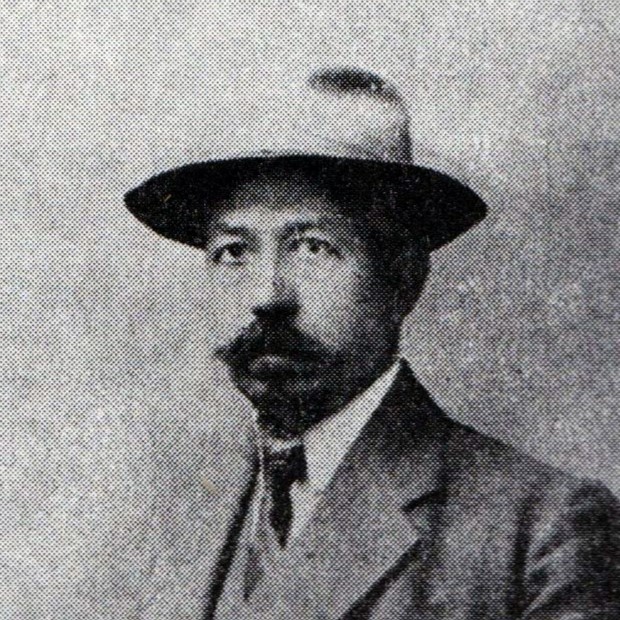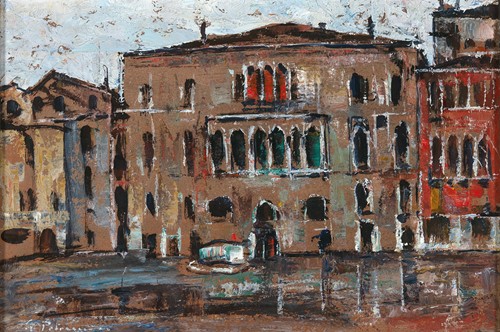

Gheorghe Petrașcu was a Romanian painter. He won numerous prizes throughout his lifetime and had his paintings exhibited posthumously at the Paris International Exhibition and the Venice Biennale. He was the brother of N. Petrașcu, a literary critic and novelist.
In 1936, Petrașcu was elected a titular member of the Romanian Academy.
He was born in Tecuci, Romania, in a family with cultural traditions. His parents were small owners from Fălciu County, Costache Petrovici-Rusciucliu and his wife Elena, maiden name Bițu-Dumitriu. Brother of the diplomat, writer and literary and art critic Nicolae Petrașcu, Gheorghe Petrașcu shows artistic inclinations as a young man, doing his first studies at the National University of Arts in Bucharest. At the recommendation of Nicolae Grigorescu, he receives a scholarship to improve abroad. After a short time in Munich, he left for Paris, where he enrolled at the Académie Julian and worked in Bouguereau's studio (1899–1902). From his first personal exhibition at the Romanian Athenaeum (1900), he was noticed by the writers Barbu Ștefănescu Delavrancea and Alexandru Vlahuță, who bought him a work.
With unbridled passion, he paints landscapes, both in the country (Sinaia, Târgu Ocna, Câmpulung-Muscel), and in France (Vitré, Saint-Malo), Spain (San Martin Bridge in Toledo) and especially in Italy (Venice, Chioggia, Naples). In his landscapes, light does not erase the contours as in the Impressionists, on the contrary, the rectilinear architectures are imposed by an impression of solidity. From this point of view, the Venetian landscapes best demonstrate Petrașcu's anticonformism. The artist resists traditional interpretations, in which the landscape of the city on the lagoon was only a pretext to analyze the interference of light vibrations, in eternal change on water, on colored walls and in the pure air.
For Petrașcu, Venice possesses a dramatic nobility, a tragic and magnificent grandeur, "with the brilliance of ancient relics, evoking the history of ancient palaces, with their serious and fascinating poetry." In an outburst of harsh tones, Petrașcu creates a mass of tumultuous colors, through an unusual juxtaposition of faded red, with shades of blue, gray and brown. This successive overlap gives Petrașcu's paste an almost sculptural structure, the roughness of the color influences the regime of shadows and light as the accents of a relief. The portraits – especially those painted between 1923 and 1927 – produce an impression of majestic austerity. The self-portrait in the "Zambaccian Museum" seems to descend from the Italian Renaissance, of a solemn gravity but also with a note of sensuality.
In personal exhibitions, between 1903 and 1923 at the Romanian Athenaeum, then at the "Home of Art" (1926–1930), culminating with the two retrospectives at the "Sala Dalles" in 1936 and 1940. He participated in the Venice Biennale (1924, 1938 and 1940); he received the "Grand Prize" of the "International Exhibition" in Barcelona (1929) and the one in Paris (1937).
